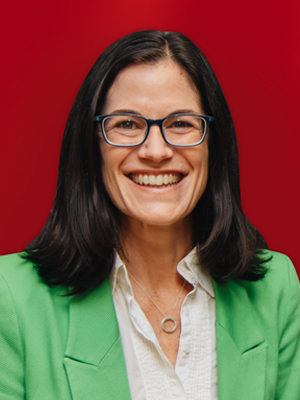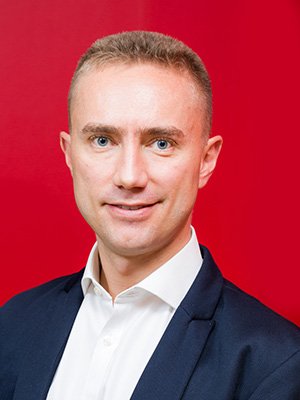
08 Mar Why bigger funds are often not better performers
As published in BusinessLive.co.za on 08 March, 2020 by Kyle Wales
Few dispute the power of a strong brand. During a trip to the supermarket we place a bottle of branded tomato sauce into our trolley instead of the supermarket’s private label brand, even though it is more expensive. This though the taste of the private label brand may be more similar to the branded product than we realise.
Similarly, when investing we may take comfort in choosing a fund that is managed by a large fund manager whose brand we recognise, even though their product may be similar or even poorer than a competing offering that is less well known.
Having a trusted brand has helped some of SA’s large asset managers to become very large indeed, with some exceeding R500bn in assets under management. The bulk of this money is invested domestically, where it has become harder to put an asset base of this size to work effectively.
Despite great performance in the past it is hard to dispute that the size of asset managers is an additional headwind to them outperforming their benchmarks, no matter how talented they may be. Let me illustrate by way of an example.
The largest domestic general equity collective scheme in SA, according to the Association for Savings and Investment SA (Asisa) has almost R40bn under management. This probably understates the amount of assets under management in the strategy, due to assets sitting in segregated mandates (where fund managers hold the same basket of shares on behalf of an institutional shareholder in a non-pooled vehicle), or because they follow a “house view” (where a large number of the funds with different mandates hold the same share).
Liquidity requirements
If one assumes that a minimum investment of 2% is required to make a difference to the performance of a fund of this size, or to comply with a fund’s self-imposed or mandate-imposed liquidity requirements, this would require a minimum investment into a single share of R800m.
Just how restrictive this is is not immediately obvious. The reason for this is that the Companies Act prevents asset managers from owning more than 35% of the voting shares in a company before they are required to make a mandatory offer to purchase the stakes of other shareholders. A minimum investment size of R800m therefore translates into a company with a minimum market cap of R2.3bn.
Practically speaking this causes the investment universe of a fund that has R40bn under management to contract to 155 companies out of the 372 companies listed on the JSE. The list of companies that would in effect be uninvestable because their market caps are too small, would include Spur, Kaap Agri and Combined Motor Holdings.
Companies whose market caps exceed this minimum amount but whose shares are too illiquid may also be uninvestable. An example of a company such as this is Cartrack, which has a market cap of R7.8bn but whose share’s average daily value traded has only been R1.7m a day over the past three months.
Smaller cap stocks
“So what?” you may ask. “Why would I wish to invest in smaller cap stocks if they are riskier?” True, investing in smaller cap stocks is riskier, but they have tended to outperform larger cap stocks over longer periods even though they have not managed to do so in the immediate past. Their recent poor performance is because of the outsize returns delivered by Naspers and a basket of commodity companies whose underlying exposure to SA’s domestic economy is small.
It is also among the small and medium cap stocks where the large cap stocks of the future are to be found. While it is impractical to perform the same exercise for the JSE Alsi, which has too many constituents, of the 30 stocks that are constituents of the Dow Jones Industrial Average (DJIA) today, only 17 were constituents of the DJIA a mere 20 years ago. The remainder consists of small companies that grew to be large companies over that period.
In the SA context it is sobering to realise that a stock such as PSG, which had a market cap of R43bn as at March 2, had a market cap of R550m as recently as at the beginning of 2005.
It is not impossible to generate outsize returns for your clients as your funds under management increase, but the illustration above shows how it does become more difficult the bigger you get.



















